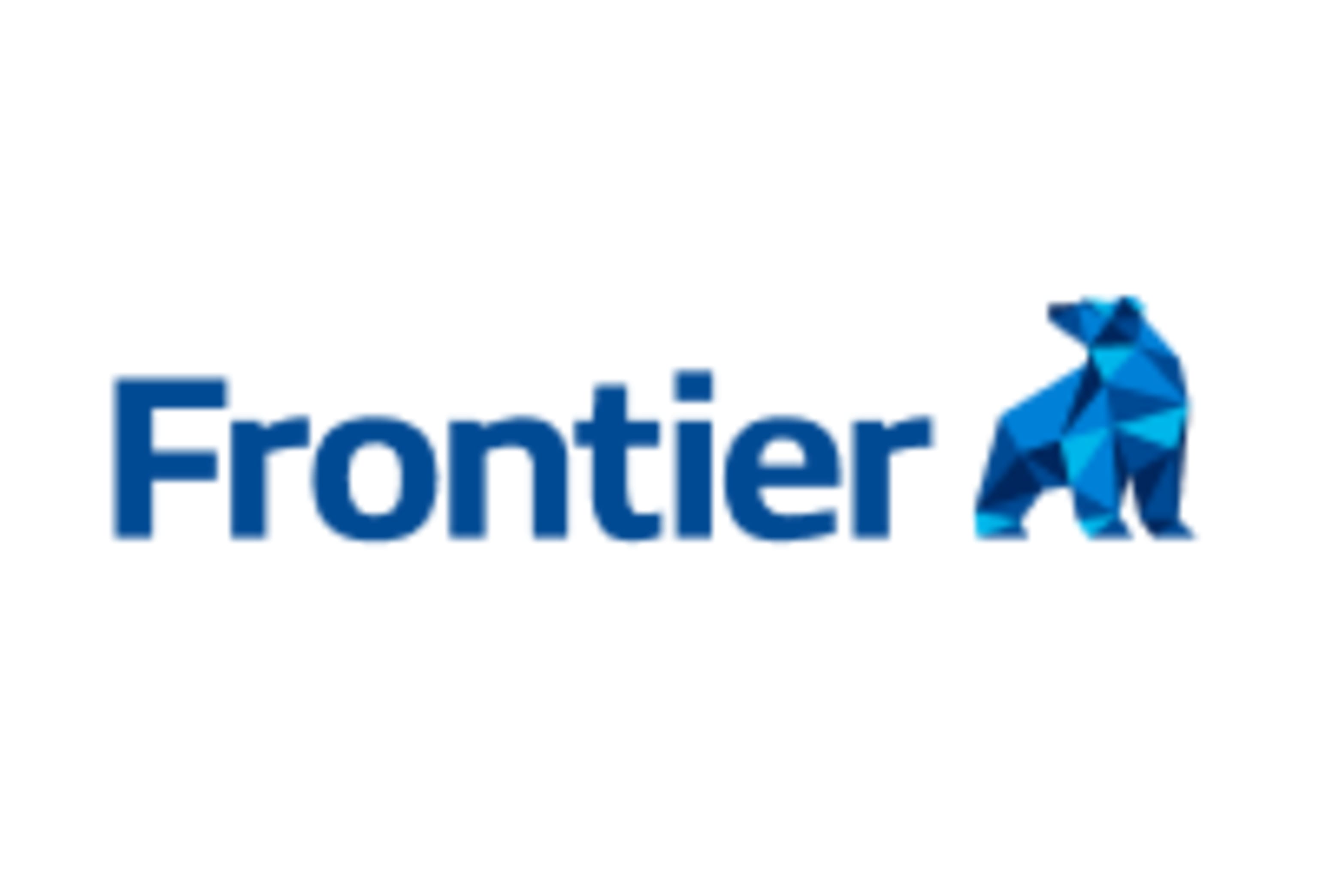Temperature monitoring system
Best practices and how to choose monitoring systems in GxP

Jakob Konradsen
Automated, remote temperature monitoring for pharmaceutical, biotech, and healthcare logistics. Track conditions 24/7, ensure GxP compliance, and eliminate manual monitoring work with enterprise-grade systems built for regulated industries.
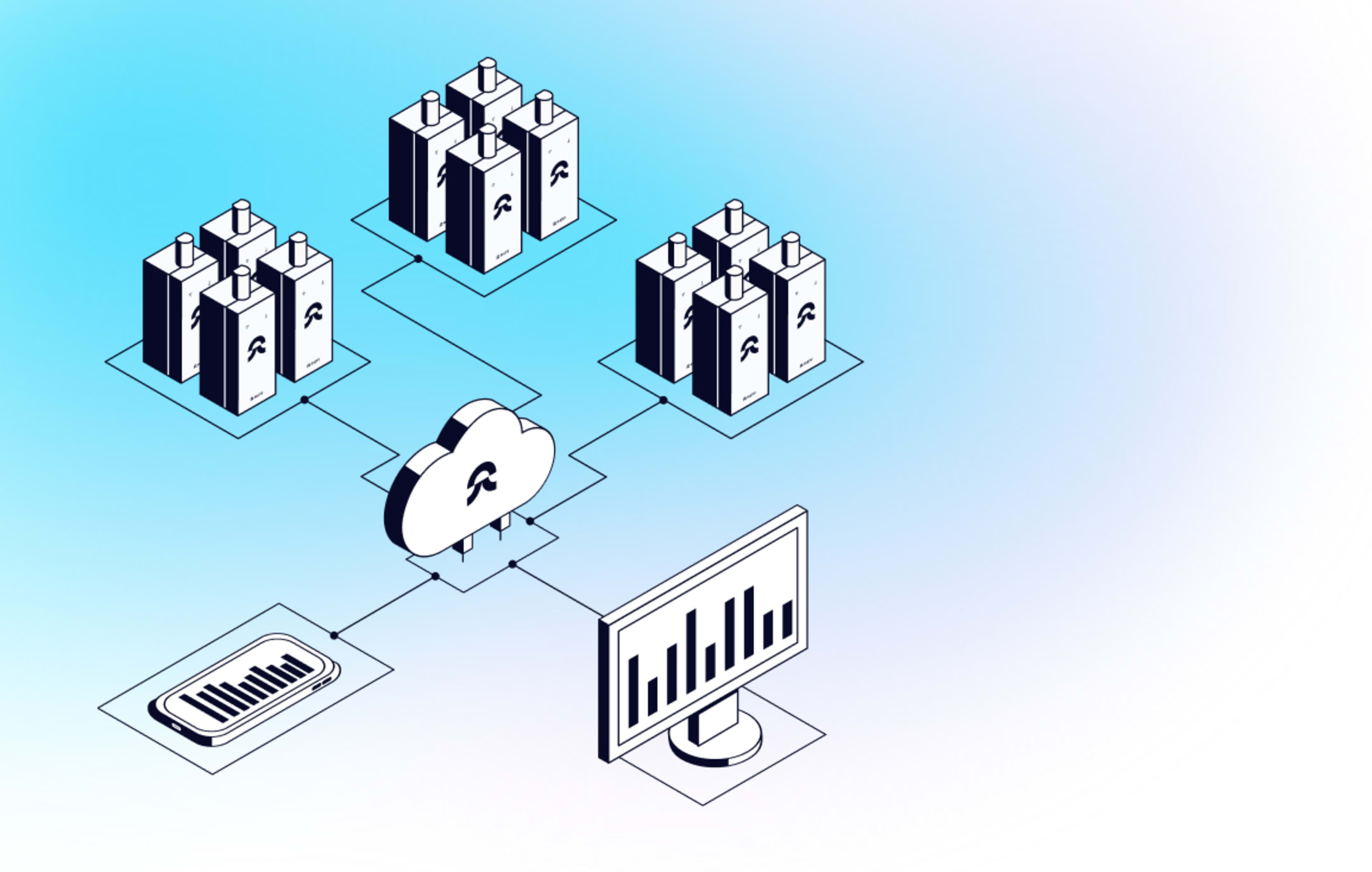
What is a temperature monitoring system?
A temperature monitoring system is a – more or less digital – solution designed to record and manage temperature and sometimes also other environmental data, making sure the conditions are within the relevant ranges.
The systems can alert personnel to temperature deviations, allowing for prompt action to maintain compliance and product integrity.
At its core, systems monitoring temperature work like this:
- A network of temperature monitoring devices – most often in the form of data loggers with relevant sensors – continuously measures and records temperatures (and potentially also humidity levels).
- The data is either automatically or manually transferred to a centralized platform.
- The platform allows users to observe conditions, receive alerts if temperatures deviate from the set parameters, and maintain a trail of data for compliance purposes.
Some systems can also predict trends and suggest adjustments, making them an indispensable ally in protecting product integrity and meeting rigorous industry standards.
A monitoring systems typically consist of:
- sensors that measure temperature
- data loggers to record the information
- software to monitor, analyze, and report on the data
It can be a remote temperature monitoring system or require local presence.
The exact features and combination of temperature monitoring devices depend on the specific product needs and regulatory requirements.

Why GxP needs automated monitoring systems
Manual temperature monitoring - relying on staff to check thermometers, record readings on paper logs, and file documentation - creates significant operational burden and compliance risk. Automated temperature monitoring systems eliminate these challenges while providing continuous surveillance and instant alerts.
For pharmaceutical manufacturers operating across multiple facilities, logistics providers managing warehouse networks, or biotech labs handling high-value samples, automated monitoring is the only practical way to maintain compliance at scale.

How do temperature monitoring systems work?
Systems monitoring temperatures operate on a straightforward yet sophisticated principle: They continuously surveil temperature to make sure the content of a specific environment is stored safely. These environments can be anything from fridges or ULT freezers to large-scale warehouses.
Fundamentally, temperature monitoring systems:
- Record: At the core of the system are temperature monitoring devices, typically data loggers equipped with precise sensors, that record and log temperature readings (in some cases, humidity levels too).
- Transfer: These readings are then transmitted, either automatically or through manual USB exports, to a centralized monitoring platform.
- Analyze: The platform serves as the operational hub, where users can keep an eye on environmental conditions and be alerted to deviations. Depending on sophistication, monitoring will take place either in real-time or staggered, and the platform includes different features designed to ease compliance efforts.
The key elements of temperature monitoring systems
Temperature monitoring devices
A system monitoring temperature or humidity is typically made up of a variety of temperature monitoring devices that work in concert. Understanding the roles of these is key to implementing an effective solution for your needs.
- Temperature sensors: Sensors do the actual measuring. They come in different types, including thermocouples, RTDs, thermistors, and digital sensors, each suited to different ranges and environments. They are designed to operate in various conditions, from extreme cold to high heat, and, when applicable, humidity sensors can also be utilized to monitor relative humidity levels.
- Temperature data loggers: Sensors and data loggers are often used synonymously, but in reality, while sensors do the measuring, the data loggers are the devices that record, collect, and store this data for analysis. They receive a signal from the sensors and are equipped with internal memory and processors to record, store, and sometimes automatically transfer and even analyze the temperature data. Some loggers can store vast amounts of data over extended periods, and they can be wired or wireless, depending on the system's design.
- Monitoring platform: Software that works as the system's interface. Here the data collected by the loggers is analyzed and displayed and depending on the system, alerts or notifications can be triggered in case of deviations. Depending on the data logger and solution, data can be transferred through Wi-Fi or manual USB exports to an adjoining digital platform used for monitoring, analysis, and audit reporting.
- Alarms: Alarms are the immediate response mechanism of a monitoring system. Based on live data transfer and monitoring, alarm functionality can be programmed to trigger, for instance, SMS or email alerts when temperatures deviate from predetermined ranges.
By choosing the right combination of sensors, loggers, and alarms, and utilizing their integration capabilities, you can create a robust solution tailored to your needs.

Which types of temperature monitoring systems exist?
– and when to use each
Temperature monitoring systems vary by connectivity (wireless vs. wired), access model (cloud vs. on-site), monitoring frequency (continuous vs. periodic), and application environment. Modern systems often combine characteristics – wireless sensors with cloud platforms providing continuous monitoring.
Understanding these types helps you match technology to your requirements, infrastructure, and compliance standards.
Wired temperature monitoring systems
n a wired system, data from sensors is transmitted to a central monitoring hub through physical cables.
A wired monitoring system relies on physical connections to transmit data from sensors to a central monitoring station.
This setup can lead to many potential headaches. Wired installation is complex and less flexible compared to wireless alternatives, and gathering data involves multiple departments, adding to the complexity.
Last but not least, the costs for such solutions can be extensive and often add up to expenses more than 10 times higher than a wireless solution. Just running the cable to the storage unit will often require several thousand dollars in costs, and then sensors, software, and salaries are added. Calibration technicians have to go on-site to calibrate making the cost of this equally inproportional.
Previously, this approach was needed to maintain consistent data transmission, especially in areas where wireless connections were unstable or prone to interference. Modern advancements in wireless temperature monitoring technology, however, have increasingly addressed these connectivity issues, making wireless systems more reliable even in environments that previously posed significant challenges for wireless signals – in other words, the time of wired temperature monitoring systems is quickly coming to an end.
- Advantages: The system provides stable data transmission that ensures reliable monitoring, especially in environments with potential wireless interference.
- Limitations: Installation is complex and inflexible due to the need for running physical cables, posing challenges in dynamic or spatially constrained settings, data is tricky and time-consuming to retrieve, and costs are often extremely high.

The USB-enabled wireless temperature monitoring systems
Wireless USB-enabled monitoring systems use wireless data loggers that collect data, which is then manually downloaded via USB.
Compared to wired systems, these solutions offer more flexibility in positioning sensors. They are particularly beneficial in scenarios where immediate, real-time monitoring is not a critical requirement. On the downside, they require significant manual work to both extract and locate data and can only be utilized when real-time surveillance is not needed.
Such systems are advantageous for their enhanced flexibility
- Advantages: The system offers enhanced flexibility in sensor placement compared to wired solutions.
- Limitations: Staggered monitoring means that deviations cannot be acted upon immediately, and the setup requires significant manual effort for data extraction and analysis, particularly during audits or when specific information is needed.

Wireless temperature monitoring systems
Wireless systems use battery-powered data loggers that transmit via Wi-Fi, Bluetooth, or cellular networks – no cables required. This eliminates installation complexity, enables flexible sensor placement, and reduces infrastructure costs.
Benefits include installation in hours instead of weeks, easy repositioning as layouts change, and scalability across buildings without rewiring. Modern wireless sensors offer multi-year battery life and maintain connectivity in challenging environments like walk-in coolers and metal-lined freezers.
For enterprises adding monitoring coverage or qualifying new facilities, wireless deployment happens quickly while maintaining compliance-grade data transmission.

Remote and cloud-based temperature monitoring systems
Remote monitoring connects sensors to cloud platforms, providing temperature visibility from anywhere via web browsers or mobile apps. Quality teams can access real-time data, receive instant alerts, and generate audit reports without being on-site.
Cloud-based systems deliver centralized oversight across multiple sites, automated data backup, role-based user access, and API integrations with quality management systems.
For multi-site pharmaceutical operations, biotech companies, or healthcare logistics networks, remote monitoring eliminates travel requirements while maintaining full compliance documentation – critical during inspections, emergencies, or when managing global operations.
Tip! Also consider remote temperature monitoring via cell phone - the features, benefits, and what to look for in a mobile-ready solution.
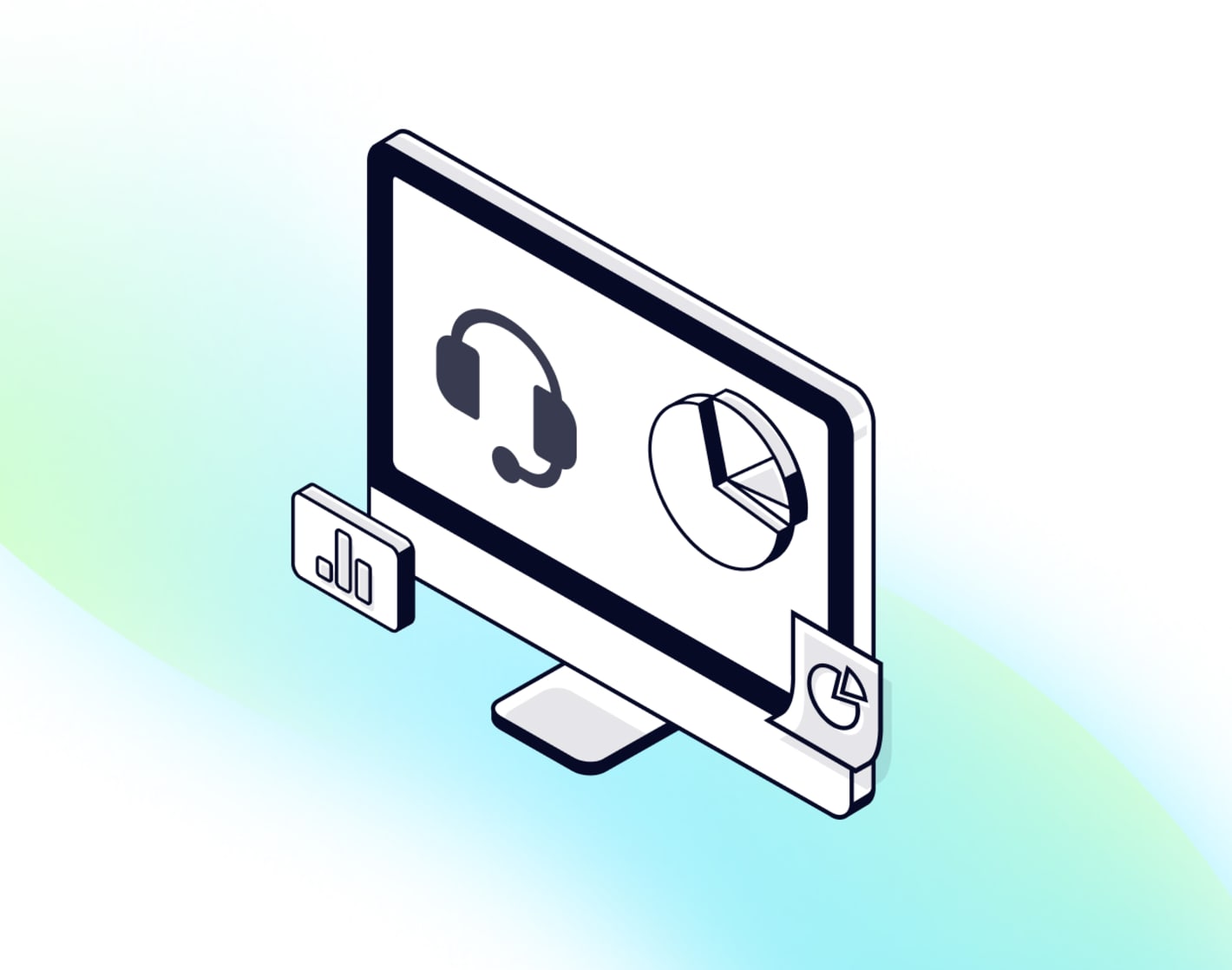
Continuous and automated monitoring systems
Continuous monitoring logs data every minute or second, eliminating time gaps between periodic checks. This creates complete compliance records with no blind spots where excursions go undetected.
Traditional manual checks twice daily leave 12-hour windows without documentation. If equipment fails overnight, you cannot prove when the failure started or how long products were out of range. Continuous systems capture every deviation with timestamps, enabling immediate corrective action.
During audits, inspectors see gap-free temperature records – the difference between passing inspection and receiving observations about inadequate monitoring frequency. Automated workflows (alerts, deviation reports, calibration reminders) reduce manual compliance burden.
Also see: Continuous temperature mapping (and monitoring) -> no more re-mapping

Cold chain temperature monitoring systems
Cold chain systems monitor temperature-sensitive products throughout storage and transportation – from manufacturer to final delivery. These solutions provide transit-ready data loggers, facility monitoring, multi-modal transport support, and GPS integration tracking both location and temperature.
For pharmaceutical logistics, vaccine distribution and biotech sample transport, cold chain systems document the entire distribution journey. Each handoff (freight forwarder to airline to ground transport) introduces temperature risk – these systems provide proof of proper handling across all steps.
Healthcare logistics providers use cold chain monitoring capabilities as competitive differentiators when pursuing pharmaceutical contracts, demonstrating the quality control infrastructure clients require.
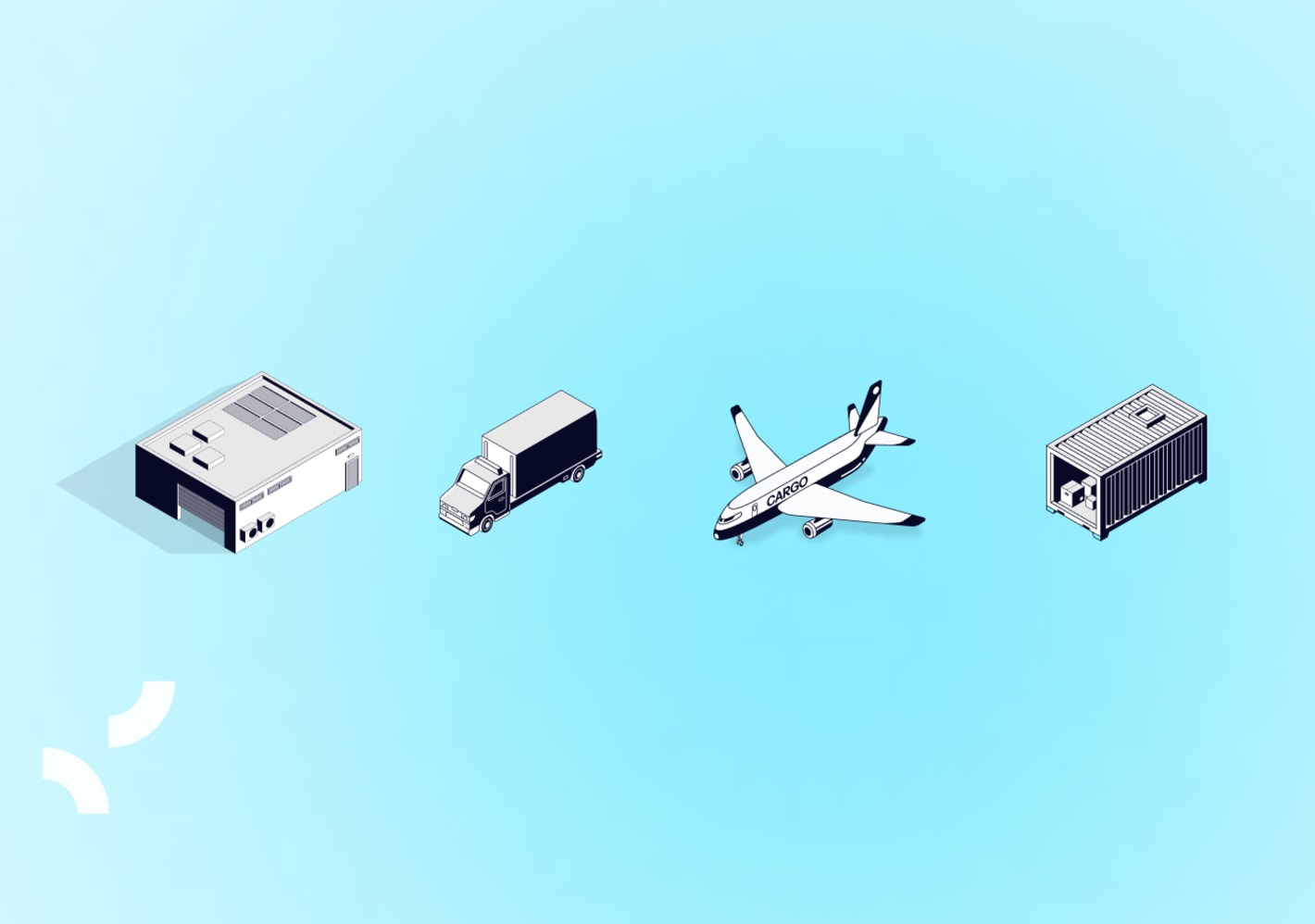
Industrial temperature monitoring systems
Industrial systems feature ruggedized hardware, wide temperature ranges (-200°C to +1,300°C), and integration with SCADA and building management platforms. These systems withstand harsh manufacturing conditions, including vibration, moisture, chemicals, and electromagnetic interference.
Pharmaceutical manufacturing, chemical plants, and food production facilities need industrial-grade reliability that maintains measurement accuracy despite challenging environments. Standard commercial loggers may fail during high-pressure washdowns or chemical exposure – industrial systems are engineered for these stresses.
Support for hundreds of monitoring points and legacy protocols (Modbus, BACnet) alongside modern wireless connectivity makes industrial systems suitable for large-scale GMP operations.
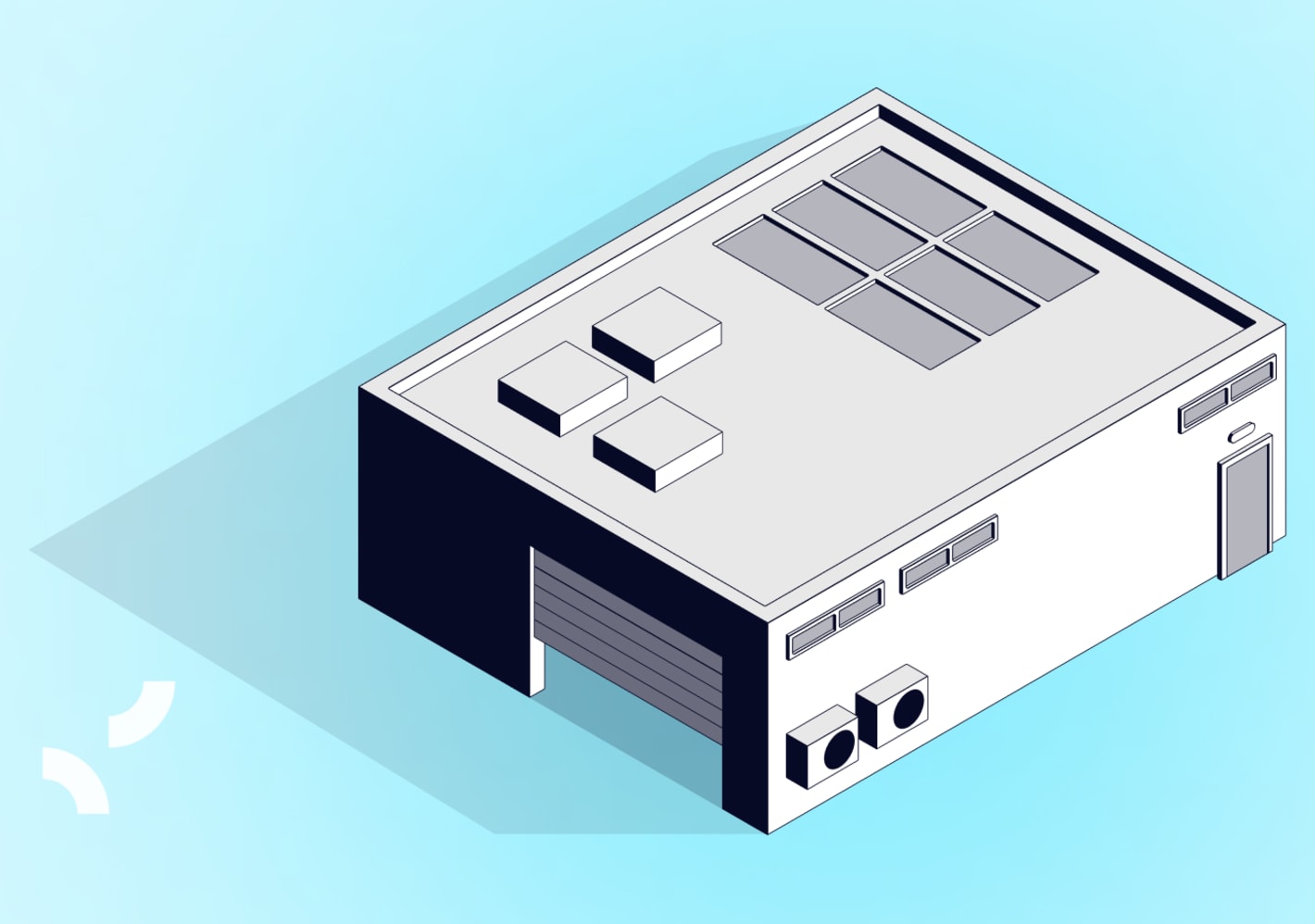
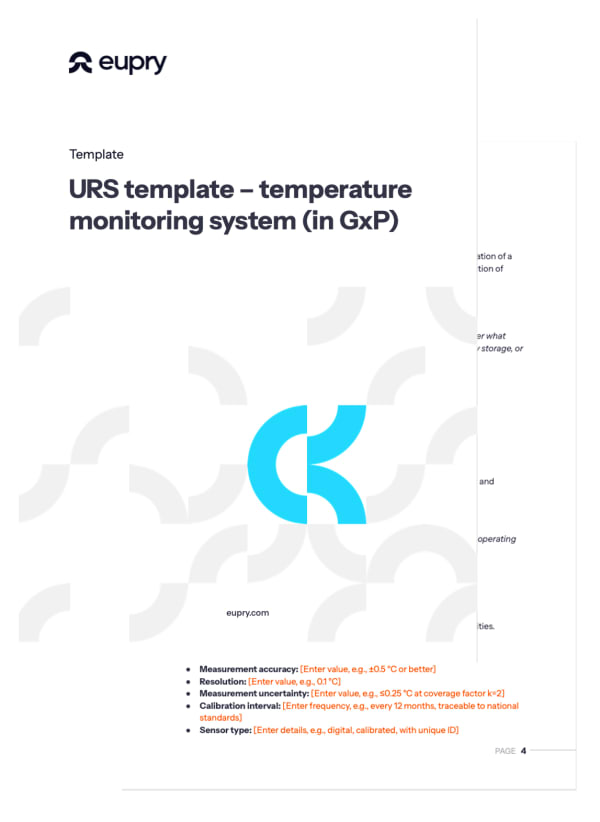
What should YOUR monitoring system include?
A well‑written User Requirement Specification (URS) is the best route to ensure you choose the right system for you. This template provides a structured starting point aligned with WHO and ISPE to help you design your URS and capture all relevant requirements to ensure consistent, audit‑ready monitoring of all environments.
How to choose a temperature monitoring system?
What features separate an okay temperature monitoring system from a great one? When dealing with various equipment, what factors should you consider? In industries like pharma, logistics, and biotech, what key aspects should you focus on? And what are the weaknesses to look out for?
There is a temperature monitoring solution for any use – and there are several considerations to make when choosing the right fit for you.
Let us go through the most important ones.
7 key features to look for in your temperature monitoring system
For operations managing multiple sites, hundreds of temperature-controlled units, or strict GxP compliance requirements, your monitoring system must reduce manual workload while ensuring audit readiness. These capabilities separate basic systems from platforms built for regulated pharmaceutical, biotech, and logistics operations.
1. Remote dashboards and centralized visibility
Single dashboard displaying all sensors across all locations, real-time data accessible from any device, customizable views by facility or department, and mobile app access for field teams. Centralized visibility eliminates blind spots and speeds response during excursions.
2. Automated alarms and intelligent alerts
Customizable thresholds by unit or product type, delay settings ignoring brief spikes from door openings, escalation protocols for unacknowledged alerts, and multiple notification channels. Intelligent alerts prevent fatigue while ensuring critical issues get immediate attention.
3. Data integrity and audit trails
Tamper-proof records with user authentication, complete audit trails, automated backup with secure storage, FDA 21 CFR Part 11 compliance, and export capabilities for regulatory submissions. These features ensure traceability inspectors expect during audits.
4. Calibration automation
On-the-wall calibration without removing devices, automated certificate generation and storage, ISO 17025-accredited processes, and zero operational downtime. Eupry's patented technology reduces calibration time by up to 95%.
5. Redundancy and reliability
Local data storage during connectivity loss, automatic synchronization when connections restore, battery backup, redundant transmission paths, and continuous system health monitoring. Enterprise-grade reliability maintains complete data capture through outages.
6. Easy deployment at scale
Plug-and-play installation, pre-configured device settings, bulk management tools, standardized processes across sites, and remote configuration. Scalable systems deploy quickly when qualifying facilities or expanding coverage.
7. Validation services
IQ/OQ/PQ documentation packages, pre-validated configurations, qualification support from compliance experts, regulatory update monitoring, and audit preparation assistance.
10 weakness to avoid when choosing a monitoring system
Navigating the landscape of temperature monitoring systems also means spotting the potential issues – each of which can cost you both process effectiveness and compliance levels.
Being able to detect these shortcomings will ease the process of choosing the right monitoring system for you.
Here are 10 weaknesses to watch for in temperature monitoring systems:
How to choose the right monitoring system for your industry?
Whether it is logistics, pharmaceuticals, biotechnology, or other GxP-regulated industries – here are a few things to look for when choosing a temperature monitoring system in GxP.
Temperature monitoring systems for pharma
Look for a robust monitoring system with an emphasis on regulatory compliance – that evolves with them. Ideal solutions should offer accredited calibrations, secure data protection, and features that comply with requirements. Additionally, auditing is a necessary, often time-consuming, evil for many pharmaceutical companies; look for solutions that will make this process less straining.
Temperature monitoring systems for pharma should cater to the entire pharma lifecycle from R&D to drug distribution and logistics, ensuring GMP and GDP compliance.
For instance, look for:
- features that will make your audit processes simpler – such as digital reporting tools.
- ISO 17025 accredited calibration included, secure data handling, and features supporting regulations like FDA 21 CFR Part 11.
- processes designed to adapt to the evolving regulation landscape.
- dependable backup systems, automated data capture, live monitoring, and instant alerts to maintain data integrity.
- a system that scales to mass production and can easily adapt to all stages of the pharmaceutical value chain from development and manufacturing to distribution.
Also read: Guidelines for temperature of pharmaceutical air freight
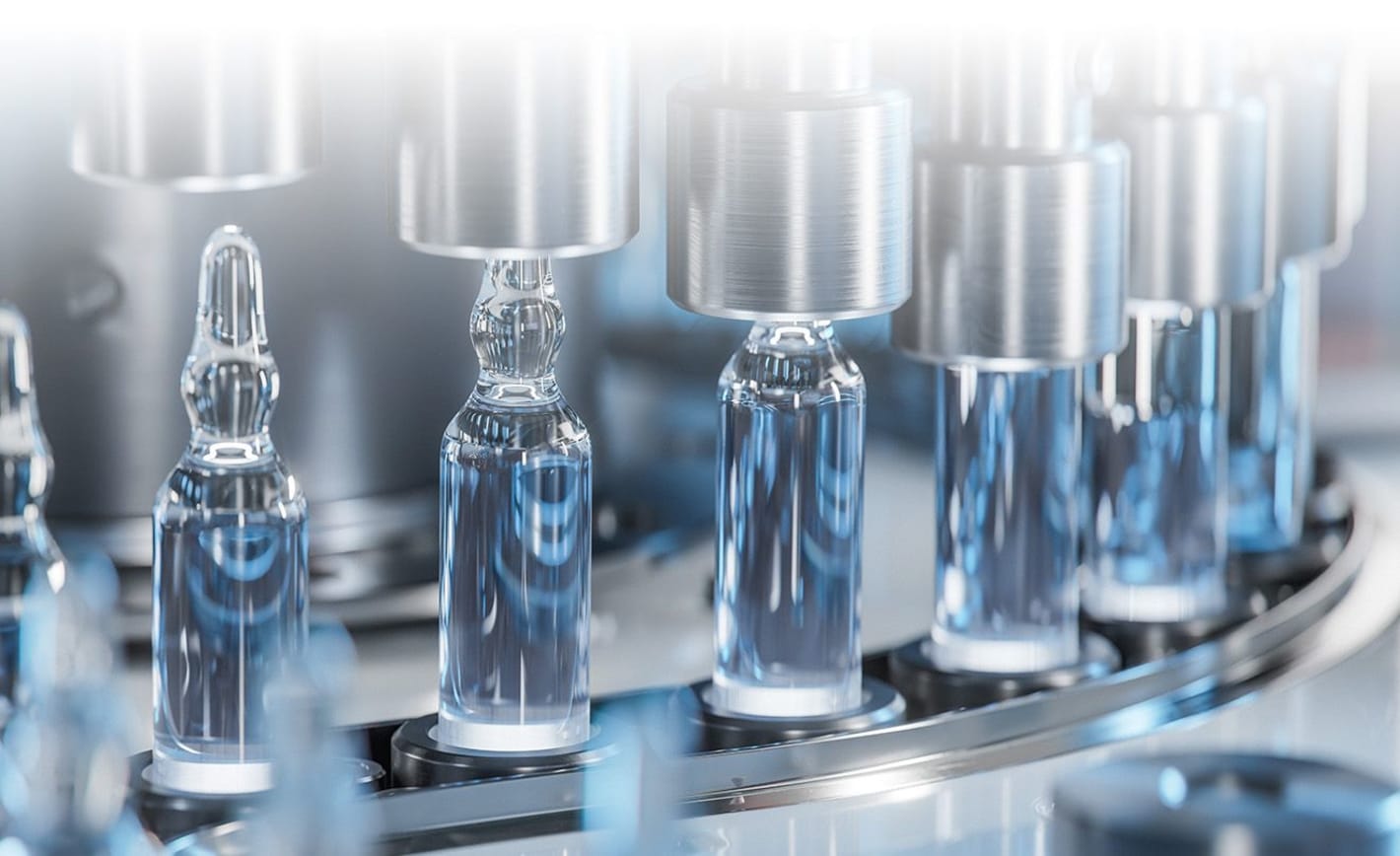
Temperature monitoring systems for warehouses and logistics operations
Durability and connectivity are key for temperature monitoring systems designed for healthcare logistics. Look for reliable temperature monitoring solutions that can handle the challenges of securing data integrity during both transport and storage.
Also, consider the capability to adapt to the distribution of highly sensitive products, such as pharmaceuticals. Even if your company doesn't currently work in this area, having systems that meet the demands of these types of products can simplify future expansion.
Flexibility in calibration options can be a cost-saving advantage, allowing you to switch between accredited and traceable calibration, without compromising GDP compliance following the requirements of the FDA and other regulatory authorities.
For instance, look for:
- reliable wireless connectivity and mobile network support.
- adherence to Good Distribution Practices (GDP) and FDA considerations.
- data loggers that offer durability and offsite, Wi-Fi-based monitoring.
- scalability to large-scale facilities like warehouses and distribution centers.
- flexibility in compliance levels – for instance in accredited vs. traceable calibration – to adapt to various types of goods and reduce costs when possible.
Also read: Remote temperature monitoring via cell phone: Features, benefits, and what to look for
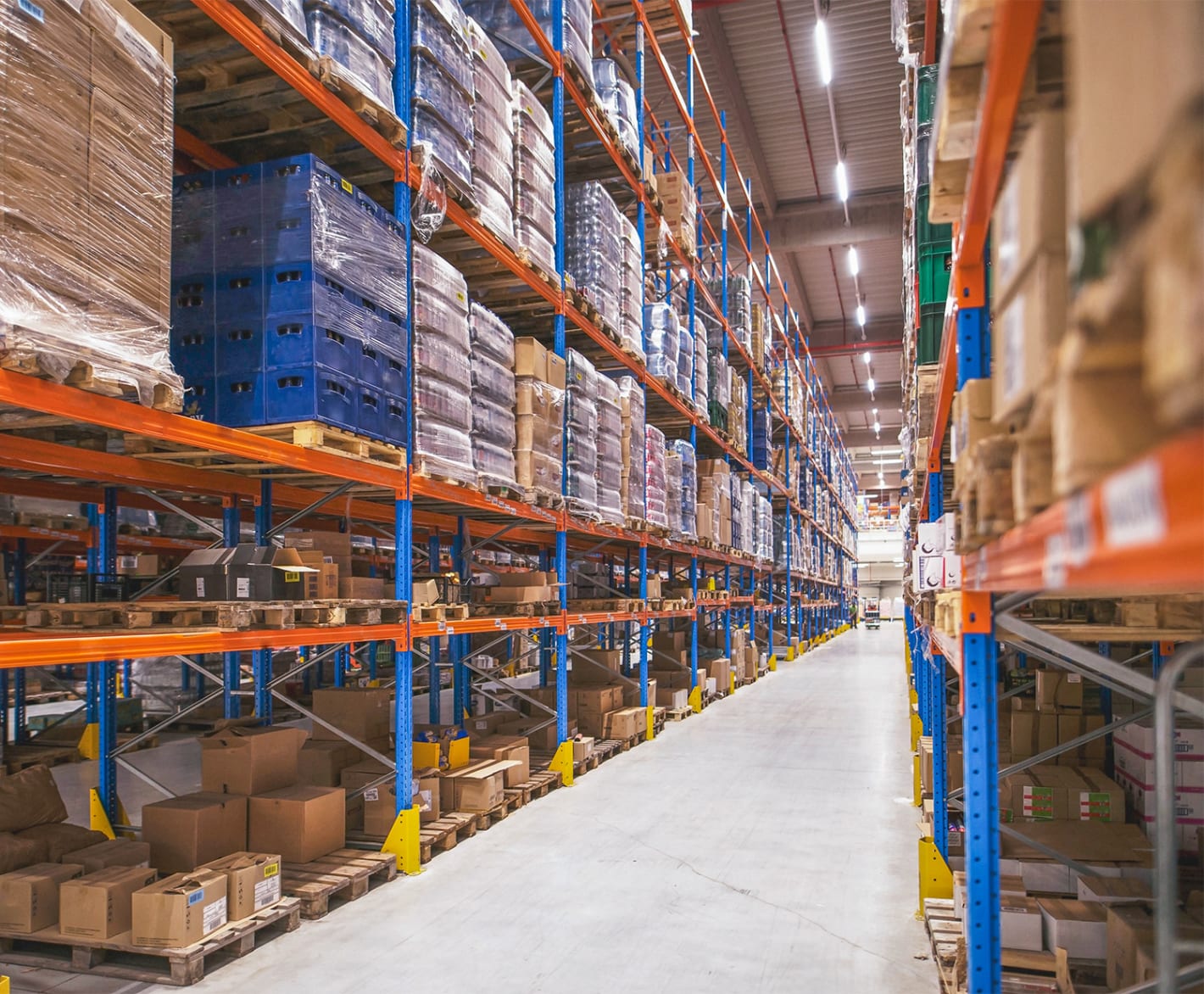
Temperature monitoring systems for biotech
Precision is non-negotiable in biotech. Opt for solutions that include accredited calibration, sensors with the required ranges and resolutions, full traceability, and support GLP practices. Go for flexible and customizable solutions to support varied research and development environments – with capabilities for rapid changes.
For biotech, choosing a temperature monitoring system that features automated data recording, real-time monitoring with instant alerts, and reliable deviation management can support data integrity and quality control, ensuring the balance required for sensitive samples, living cell cultures, biological reagents, and other high-value material is maintained.
As with pharma, compliance requirements are high, and similar features should be considered: FDA 21 CFR Part 11 compliance, data security, audit-easing tools, and R&D to GDP compliance.
For instance, look for:
- high-precision sensors and accredited calibration that supports Good Laboratory Practice (GLP).
- robust deviation management, digital reporting tools, and other features that will make your auditing process easier.
- scalability, easy onboarding, and user-friendliness to support the growth of your operation.
- automated, live data recording, real-time alerts, and reliable backups to support data integrity.
- compliance features based on your specific regulatory needs.
- a financial model that supports and adapts to your budget.

Temperature monitoring systems for hospitals and pharmacies
Hospitals and pharmacies store vaccines, medications, and biological products that require precise temperature control. Deviations can render medications ineffective or unsafe, creating patient risk and significant product loss. Look for systems that are reliable, easy to operate for staff without technical backgrounds, and provide 24/7 surveillance with immediate alerts.
For instance, look for:
- vaccine storage compliance following CDC and WHO guidelines.
- user-friendly interfaces requiring minimal training.
- 24/7 monitoring with instant alert response for after-hours emergencies.
- automated reporting for state board inspections or Joint Commission reviews.
- mobile-ready remote monitoring for pharmacy chains managing multiple locations.
- backup alarm systems for critical medication storage.
Also read: Remote temperature monitoring via cell phone: Features, benefits, and what to look for
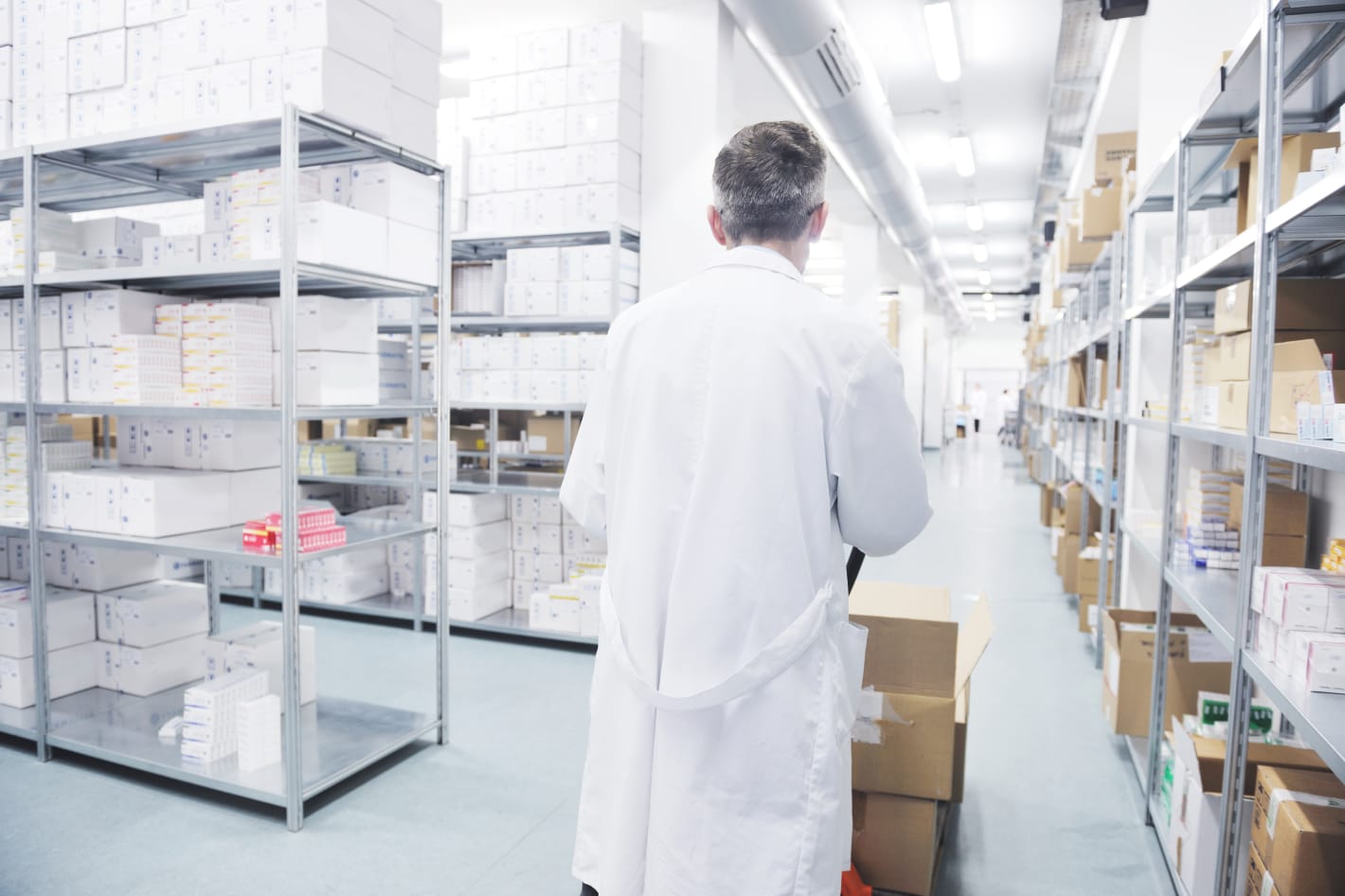
How to choose the right monitoring system for your TCU or facility?
When seeking a temperature monitoring solution, it is essential to choose one that is compliant with the unique regulations of your sector, equipment, products, facilities, and procedures. Depending on the components, sophisticated temperature monitoring systems can be tailored to suit the environment they serve – from simple, robust monitoring to complex, high-precision systems. Hence, your perfect program fit depends on the space you operate in.
Here are a few things to consider based on your different facilities and TCUs.
Freezer and fridge temperature monitoring system
Whether wired or wireless, temperature monitoring setups for freezers and fridge monitoring systems will include features specially designed for low temperatures such as alarms for out-of-range temperatures. The connected data loggers will include thermal sensors sustainable at low temperatures.
For ULT freezers, this requires external sensors as the technology in the actual logger will most often not be able to sustain the extremely low temperatures of this equipment.
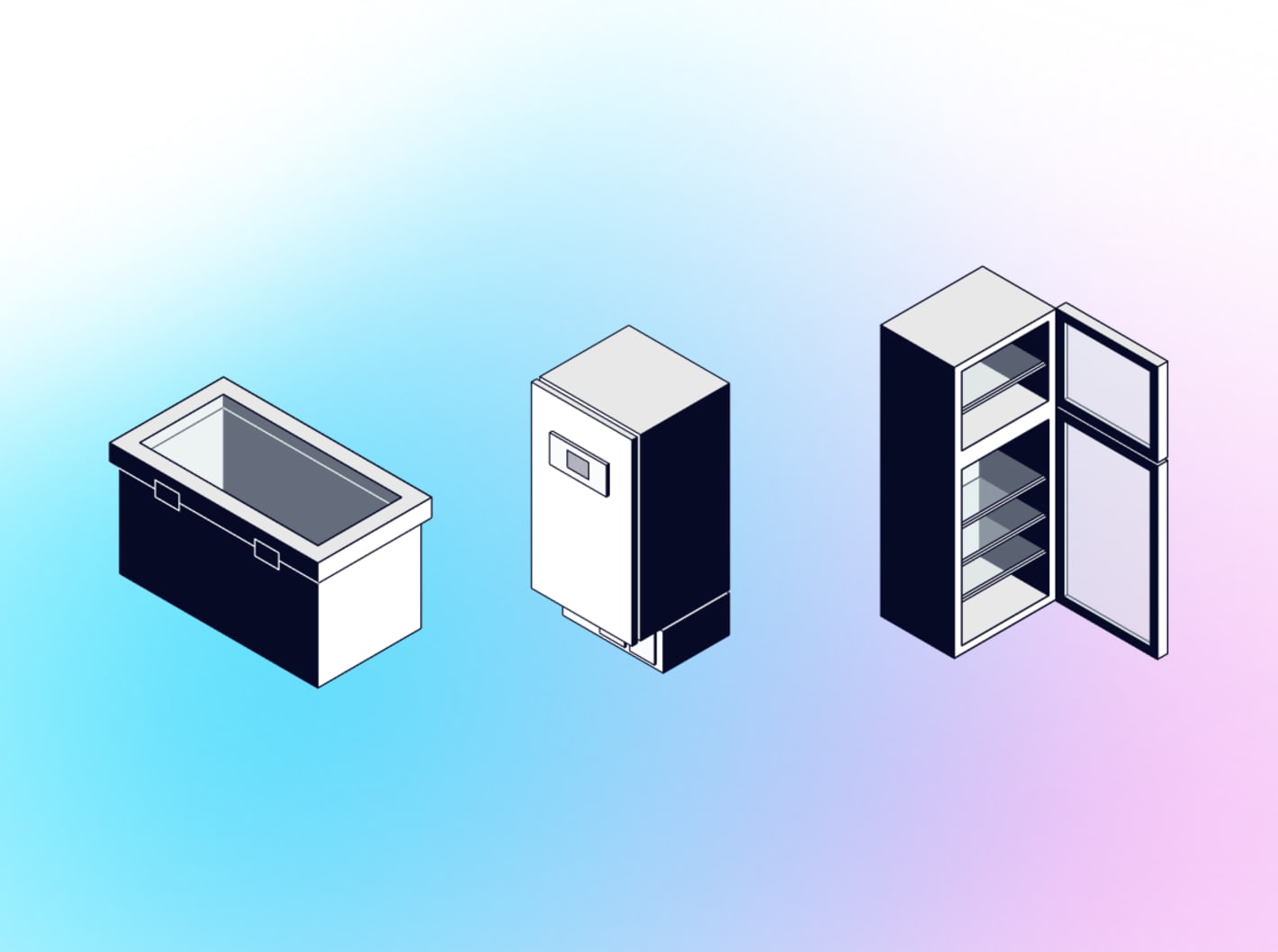
Laboratory temperature monitoring system
Precision is paramount in a pharma or biotech lab setting, and laboratory temperature monitoring systems are engineered to ensure adherence to the stringent regulatory standards governing these environments, ensuring that experiments and processes are performed within thermal parameters.
To support compliance demands, these solutions typically feature data loggers with high-accuracy sensors and come with calibration options that are either traceable or fully accredited. Additionally, some will include features for audit efficiency, providing straightforward access to calibration certificates and facilitating their integration into audit-ready reports.
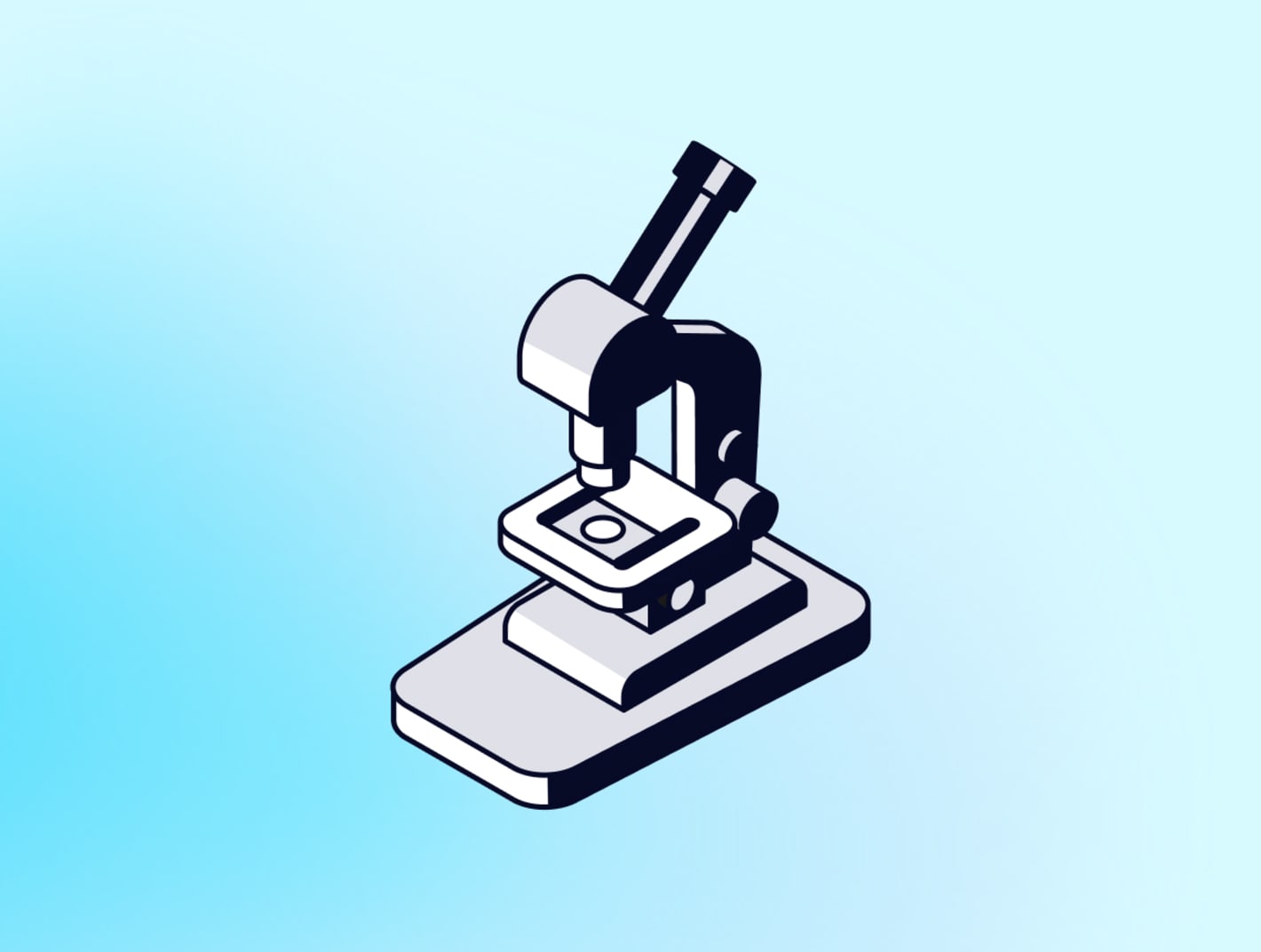
Walk-in cooler temperature monitoring system
Designed for large-scale refrigeration, a temperature monitoring system for walk-in coolers monitors the internal conditions. Features typically include door sensors to track access, energy usage monitoring to optimize operations, and automated reports to aid in compliance.
Typically a walk-in cooler needs several monitoring sensoring points to make sure temperature deviations within are not exceeding limits. To determine sensor location a temperature mapping exercise can be performed. Often, it is also wanted to monitor the performance of the cooling unit which among other ways can be done by measuring if the cooling unit is powered.
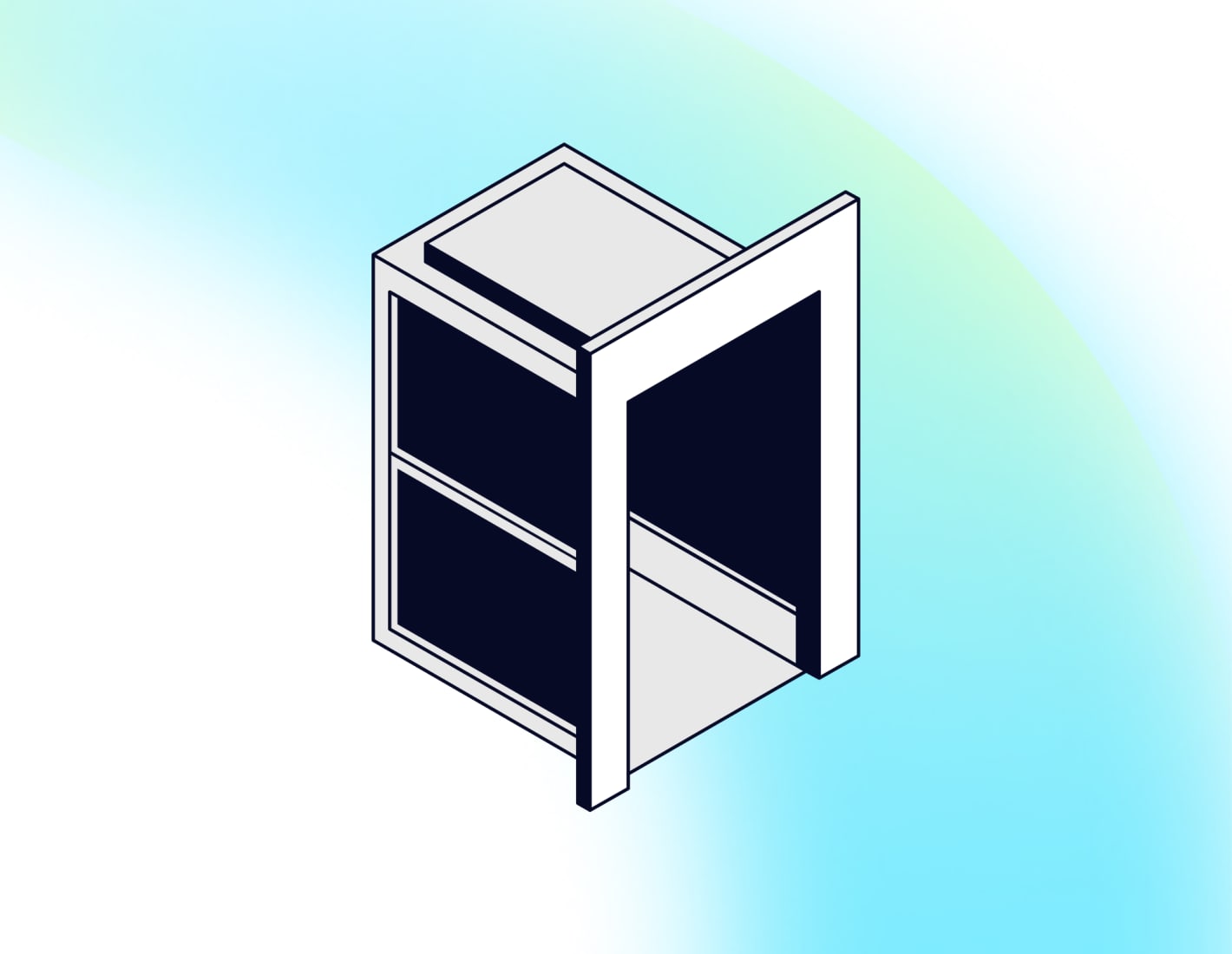
Warehouse temperature monitoring system
A warehouse temperature monitoring system is integral to maintaining the right conditions in vast spaces where temperature gradients can occur.
These systems will offer remote monitoring and comprehensive coverage that often requires a network of sensors to provide spatial temperature data and ensure uniformity across different zones. Advanced systems can include integration with HVAC systems for automated climate control.

Storage container temperature monitoring system
Ensuring stable temperatures in storage containers requires a system that can adapt to varying external conditions and connection challenges. These setups will typically include strategically placed sensors to account for the changing outdoor environment, wireless connectivity to make data retrieval without needing physical access possible, and battery-powered routers that can circumvent potential issues with connectivity.
These features are indispensable for the requirements of the logistics sector.
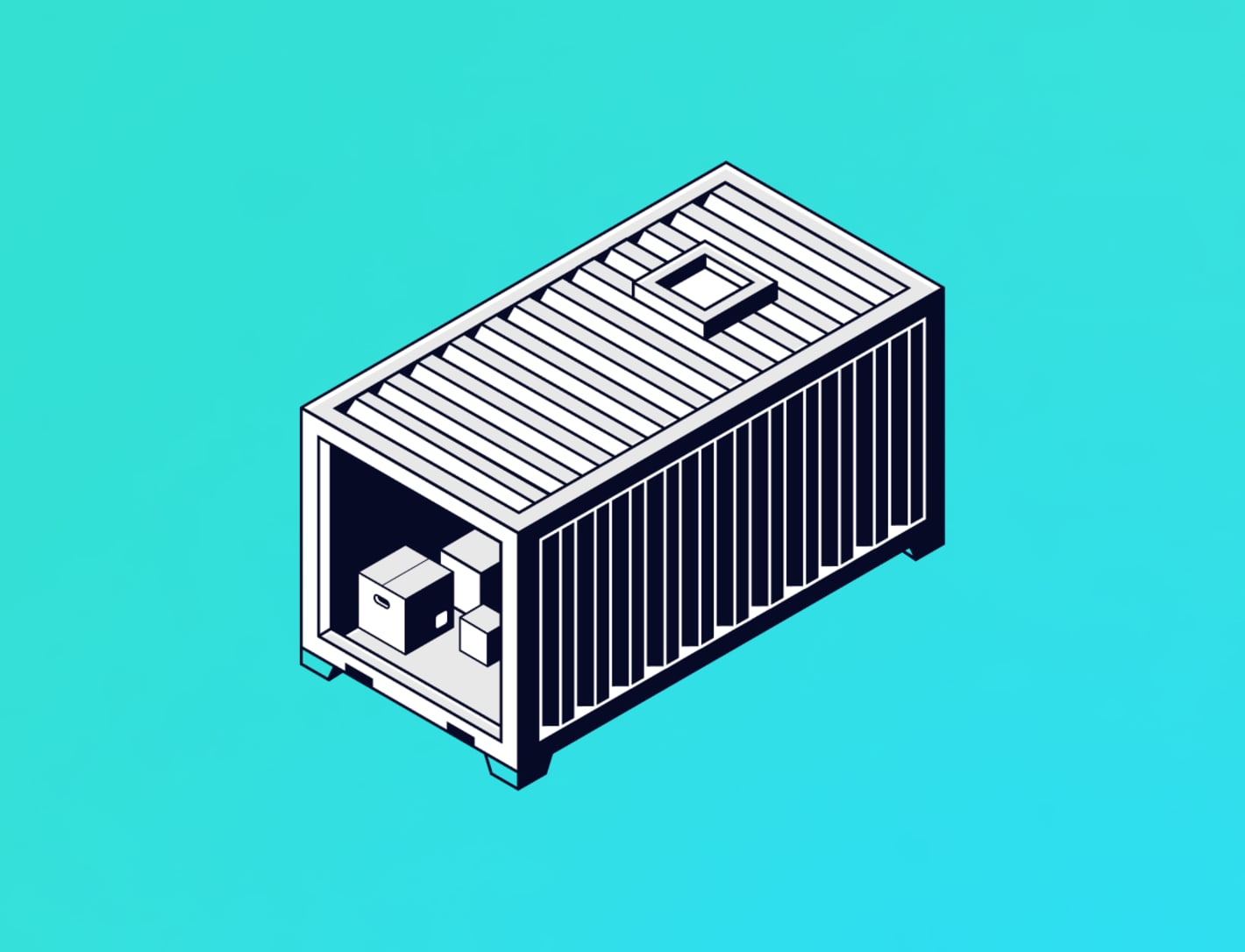
Aircraft cargo hold temperature monitoring system
Aircraft cargo holds operate as mobile temperature-controlled environments requiring aviation-approved monitoring systems. These setups use permanently installed wireless sensors throughout cargo zones that transmit data via Bluetooth to gateway devices.
Gateways automatically switch to flight-safe mode during takeoff (cellular off, Bluetooth active), then restore connection upon landing to upload complete flight temperature datasets. This provides compliance documentation for every flight and enables immediate product release decisions upon landing, supporting reduced reliance on per-shipment monitoring.

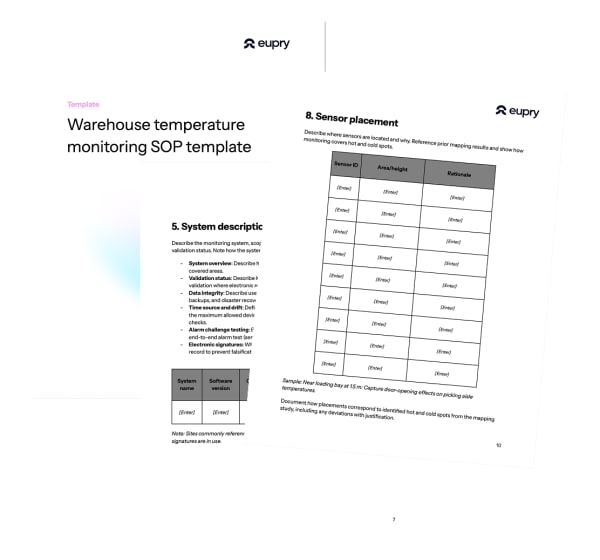
Download a warehouse monitoring SOP
Get a ready-to-use SOP template for pharmaceutical warehouse monitoring, covering sensor placement, alarm limits, responsibilities, and documentation.
Why choose Eupry's temperature monitoring system?
Automated temperature monitoring for GxP
- without calibration headaches
Eupry offers fully automated, Wi-Fi-based, and wireless monitoring in real-time desinged for the needs of GDP and GMP.
- Automated calibration: No downtime with on-the-wall calibration done in seconds.
- Audit reports in 3 clicks: Full audit reports across TCUs, facilities, and departments.
- Live monitoring across all sites: Wireless data loggers, instant alerts, and real-time insigths.
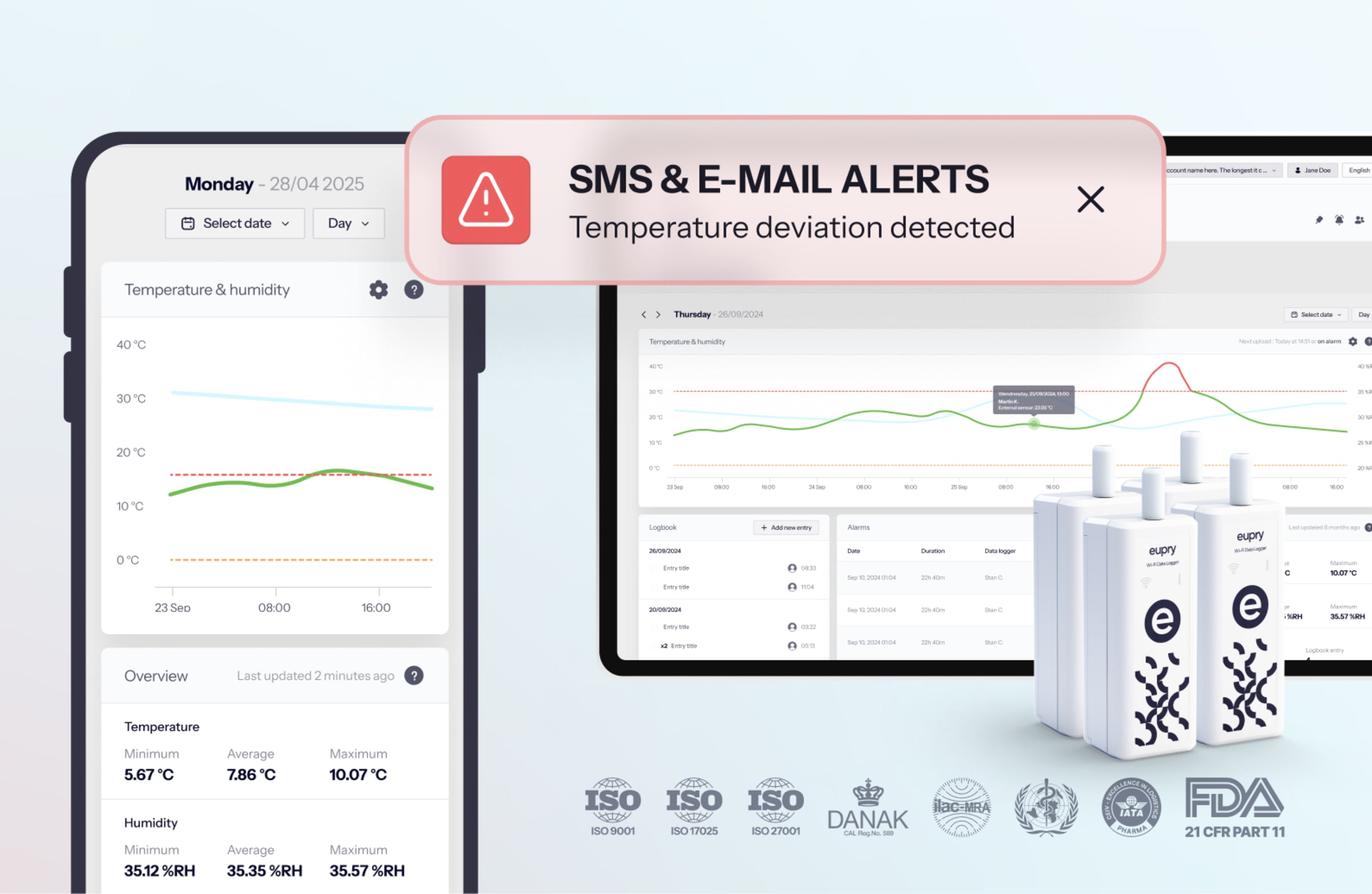
Trusted by +1000 GxP companies worldwide
Fully automated
Generate audit reports in 3 clicks. No manual downloads, spreadsheets, or piecing together data.
Minimized costs
Cut costs with one unified, cost-optimized solution that includes calibration and a full warranty.
One vendor, all you need
Monitoring, calibration, and validation in one platform. No more coordinating suppliers or systems.
GxP compliance, always
Live monitoring, instant alerts, no manual errors, and a monitoring solution designed for GxP.

Download a monitoring catalog
Be in full control of your temperature monitoring at all times. Learn more in the free product catalog.
Wireless data loggers built for GMP and GDP
The Wi-Fi-based data loggers automatically send data through Wi-Fi to your (included) platform and let you monitor conditions live.
- No manual data transfers or alarm logging
- Live monitoring of temperature, humidity, and similar
- Works with any TCU or facility – from fridge to warehouse
- Validated backups ensure data integrity (even if Wi-Fi is out)
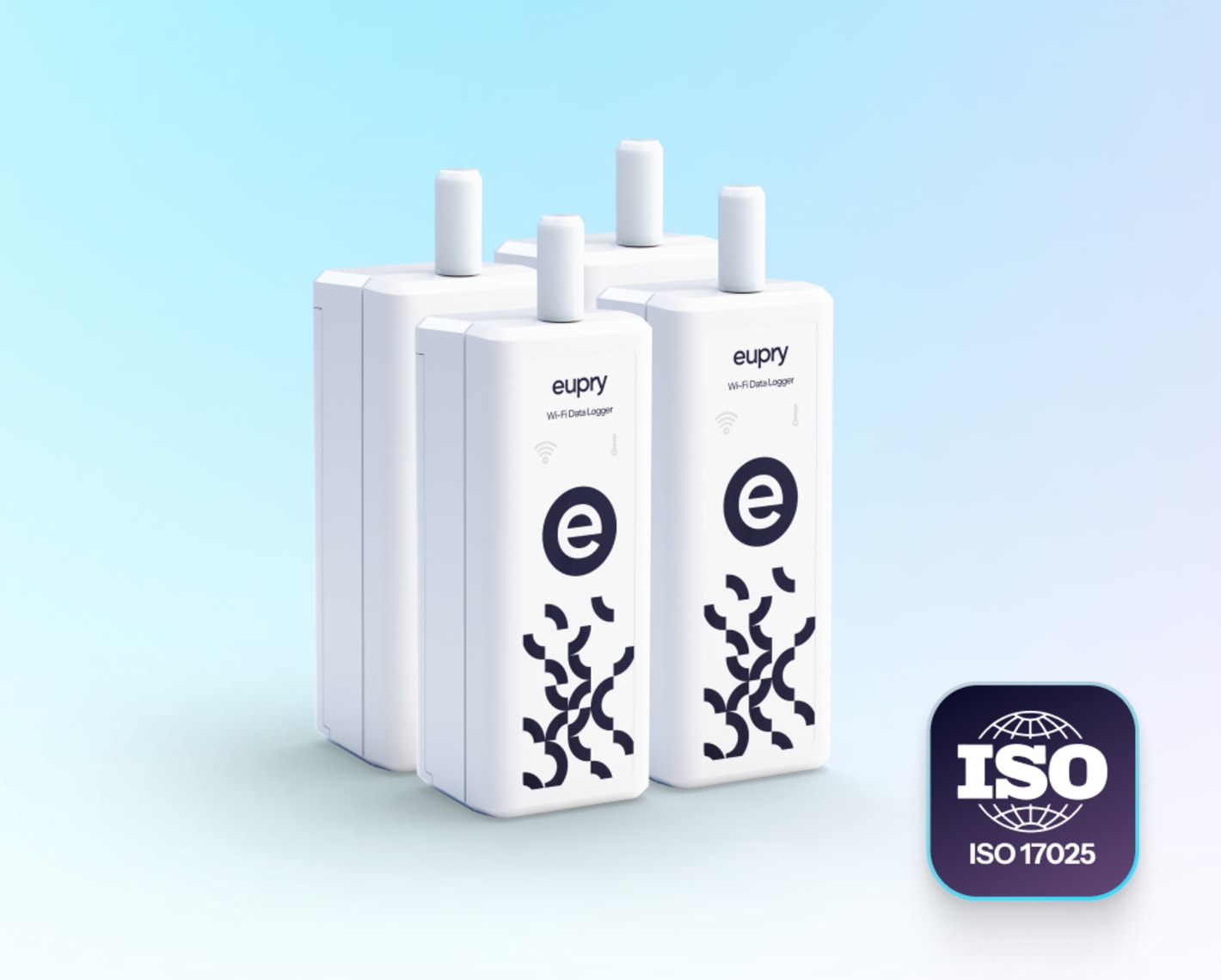
3-click audit reports
Generate complete audit reports covering any time period in three clicks – including temperature graphs, alarm summaries, calibration certificates, and deviation analyses ready for regulatory review.

Automated calibration (with a click)
Temperature monitoring with on-the-wall calibration included – reduce calibration time by 95% and eliminate downtime.
When it is calibration time, we simply send you newly calibrated tips, and, instead of replacing the whole logger, you just click a new tip on each device – a few seconds and calibration is done.

Great service! The Eupry Team listens and provides a rapid response. That, added to their top-notch technology, provides accurate mapping and monitoring within industry rules and regulations and peace of mind.

Yolanda Rodriguez
Executive Operations Administrator
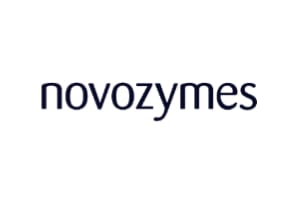
“The calibration of the Eupry temperature loggers is easy and quick. I received a box with the new sensors (…) It took me under an hour to calibrate 40 loggers – including the time it took to find the refrigerators.”

Kasper H. Christophersen
Research Associate at Novozymes

“Eupry was very professional and informative throughout the process, providing us with high-quality service (...) It's undoubtedly a well-put partnership.”
Joakim Sund
Quality Assurance Specialist

